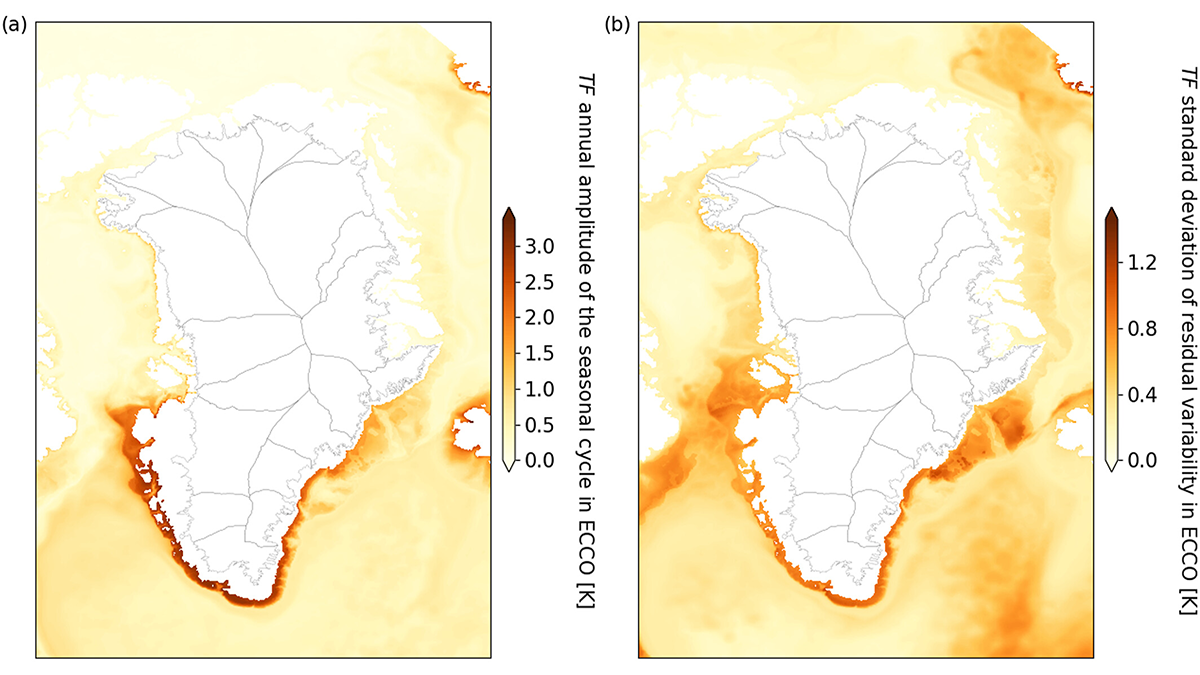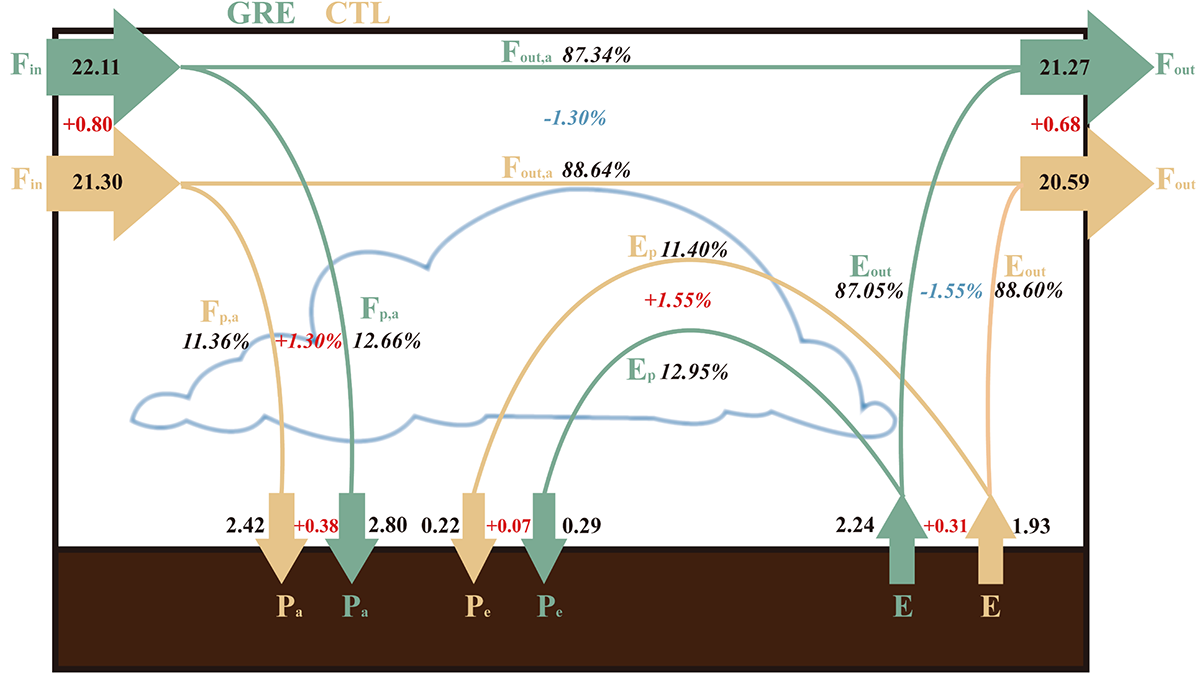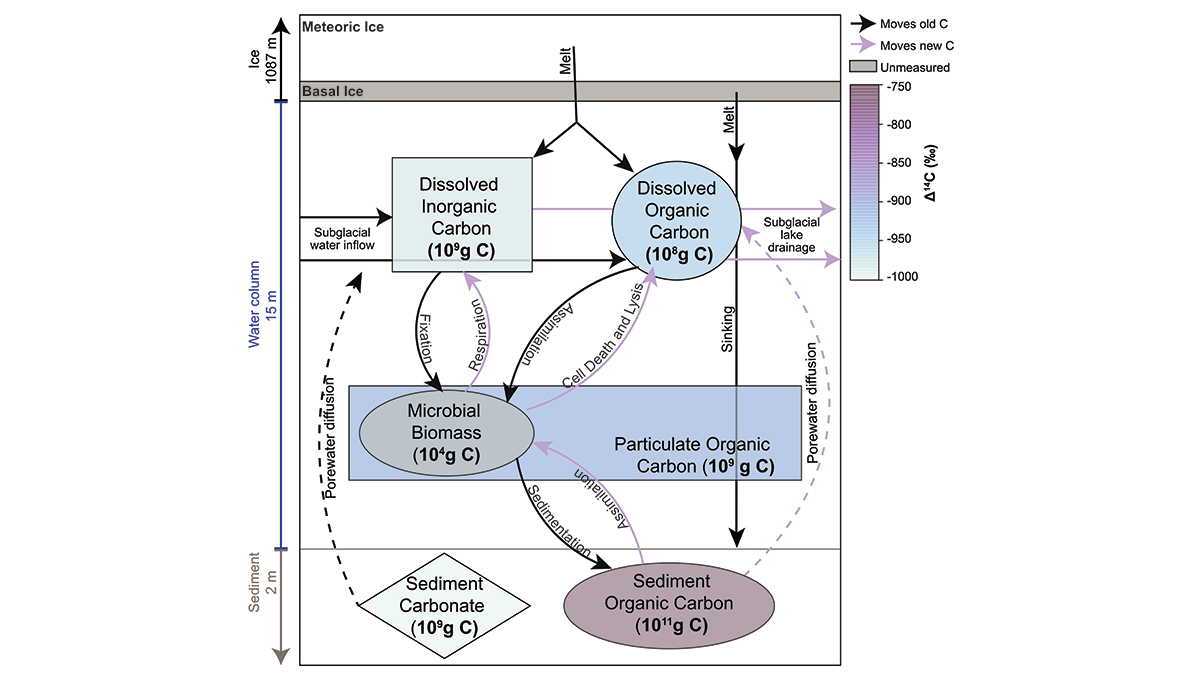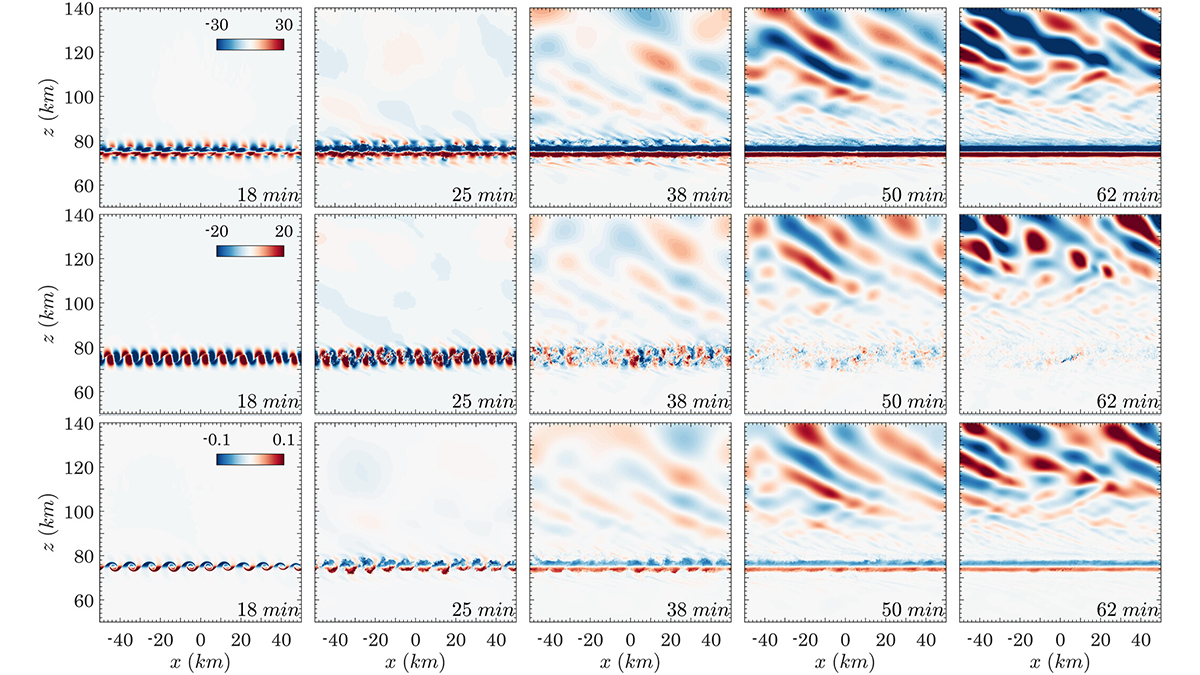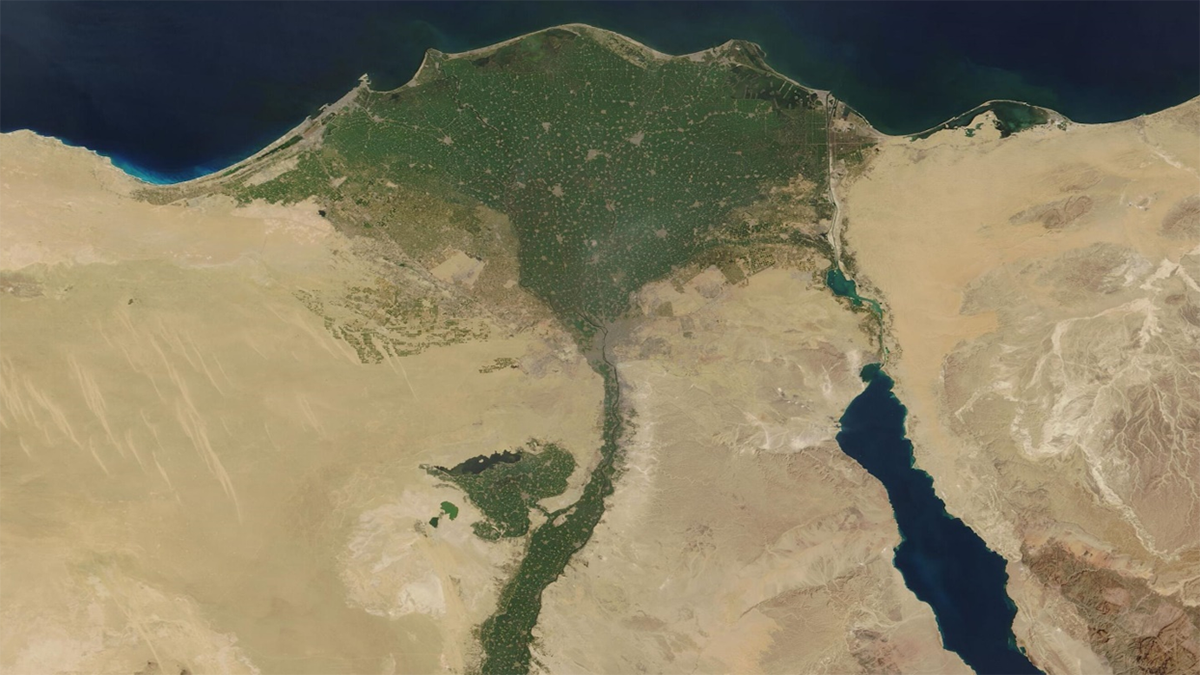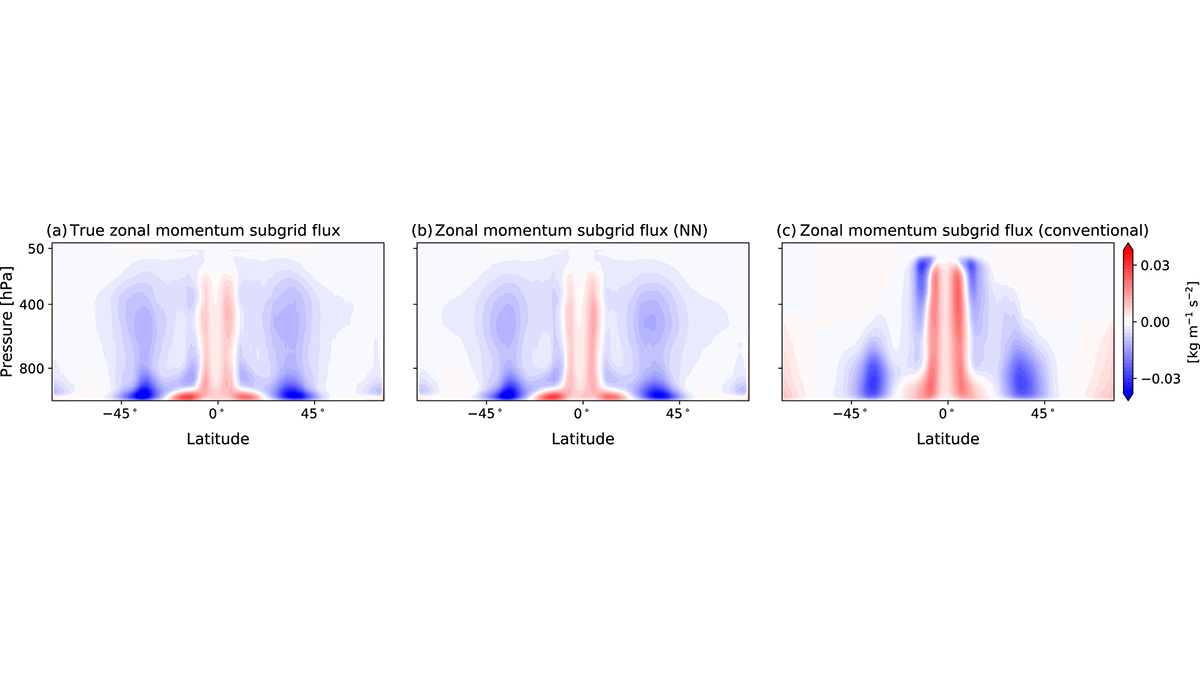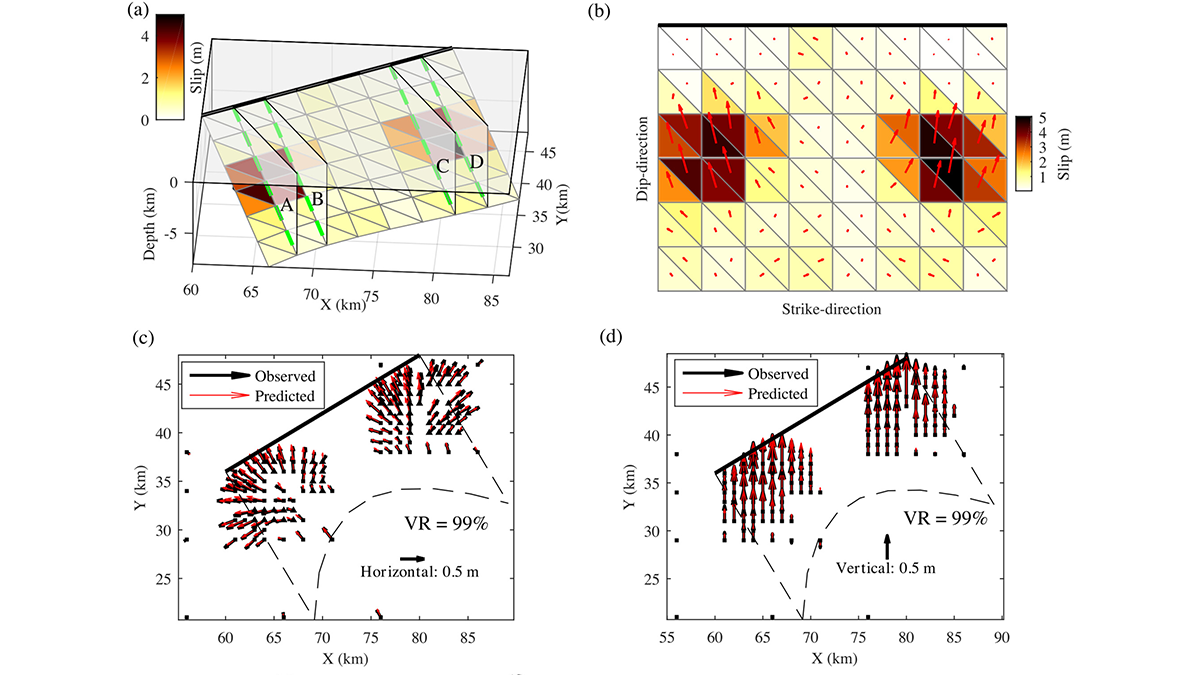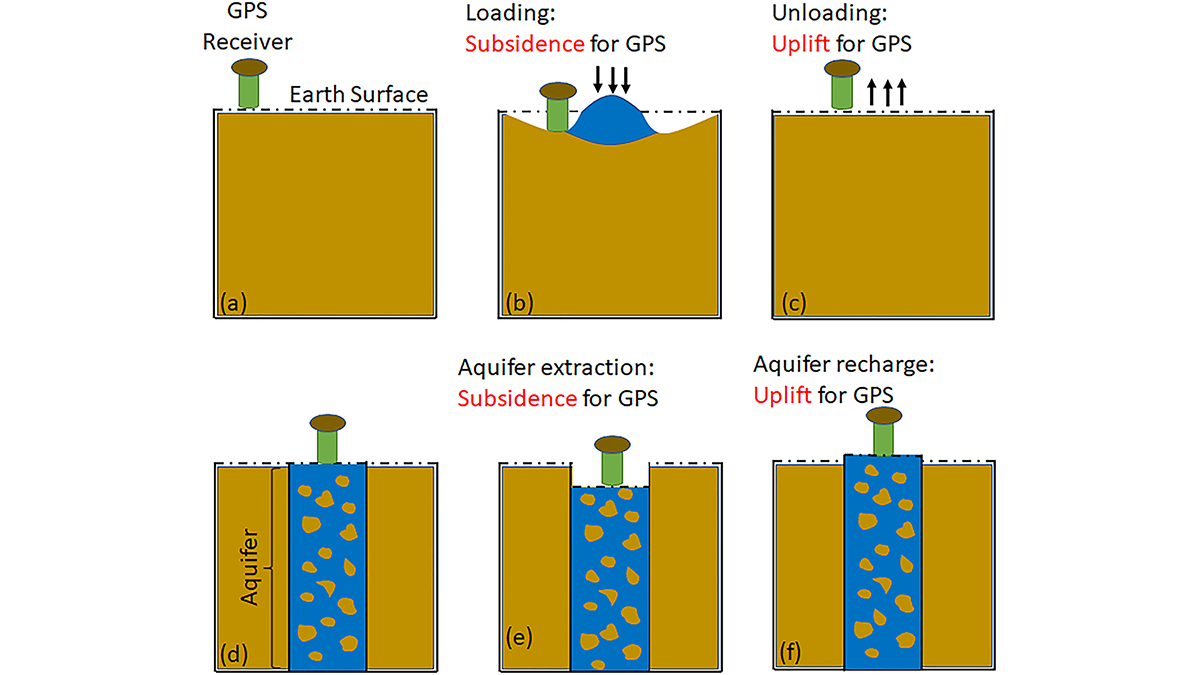Machine learning leverages large data sets to reveal hidden patterns explaining when, where, and why dissolved organic carbon moves from hillslopes to streams.
Editors’ Highlights
Going with the Flow: New Tool Improves Sea Level Projections
By bringing together multiple data sources a new statistical method aims to improve the accuracy with which we might predict future ice melt in Greenland.
Greening of Loess Plateau Increases Water Yield
Vegetation restoration over the Chinese Loess Plateau can enhance atmospheric moisture convergence, increasing the precipitation enough to compensate for the vegetation water consumption.
Clues from a Subglacial Lake for Holocene Grounding Line Change
Organic carbon sampled in the lake contained radiocarbon, indicating connection to the ocean in the mid-Holocene, when the grounding line was up to 260 kilometers inland of its current position.
Wind Shear Instabilities Emit Gravity Waves
A new study shows that atmospheric gravity waves can be generated by the Kelvin-Helmholtz instabilities in the wind shear layer.
مراقبة تراكم الملوثات من المعادن الثقيلة في دلتا النيل
تُظهر نتائج تحاليل العينات أن إعادة استخدام مياه الصرف بدون معالجة والتوسع في إنشاء السدود يسبب زيادة تركيز المعادن الثقيلة الملوثة في دلتا النيل مما يهدد بشدة سلامة النظام البيئي والصحي والإنتاج الزراعي في مصر.
Zooming in on the Nucleus of Earthquake Fault Slips
Controlled arrest and re-nucleation of laboratory earthquakes reveals nucleation processes unapproachable by traditional linear elastic fracture mechanics.
New Machine Learning Parameterization Tested on Atmospheric Model
For the first time, a neural network parameterization of subgrid momentum transport is developed by training on a coarse-grained high-resolution atmospheric simulation.
Bayesian Inversion Used to Recover Geometry of Ruptured Fault
A new Bayesian inversion framework is used to solve non-planar geometry of a ruptured fault from spatially variable slip and rake measured with geodesy.
GPS Observations Sense Groundwater Change in Australia
By exploiting the fact that changes in groundwater cause deformations of the Earth’s surface, GPS receivers are used to detect groundwater changes related to extreme events and to seasonal oscillations.


